The different wood species used in Bokken manufacturing
Red / white oak, Isu no Ki, Sunuke, Camellia, Biwa, etc.
If Japanese Bokken have become so appreciated over time, it is mainly thanks to the quality of the wood they are made of. Kirishima Sankei, a sylvan region situated on the island of Kyushu, produces exceptional wood and has thus attracted many generations of the most skilled cabinetmakers and wood workers of the country. Resistance, resilience, sturdiness, flexibility, weight, density, colour… Each wood species possesses unique characteristics, each carefully chosen for a specific purpose. This article will delve into the origin, the different qualities, and reasons behind the use of each species
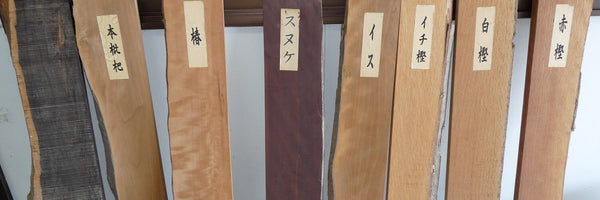
Ebony, loquat, camellia, Sunuke, Isu, red oak, white oak, and "real" red oak.
Wood’s origin
90% of the wooden weapons sold in Japan are manufactured in Miyakonojo. The wood comes mainly from the Kirishima Sankeiforest (south of Kyushu), with the notable exception of the Kiri wood, grown in northern island of Hokkaido, the Shima Kokutan (Asian ebony) which is imported from Asia and the Hon Kokutan (real ebony) from Africa. The forests of southern Kyushu enjoy a mild and humid climate, and fertile soils. The area receives a large amount of rain every year, but is also blessed with many long sunny days. Those unique climatic specificities make the trees from Kyushu particularly suitable for crafting Bokken. Unlike most types of oak found around the world, the Kyushu species can float in the water. This remind us how important soil and climate are, and the impact they have on the wood quality. Therefore, it does not come as a surprise that the vast majority of Japanese woodworkers / cabinetmakers decided to settle in that region.
Oak and Isu no Ki grow in about 80 years. Sunuke, Biwa or Kokutan can grow for more than 200 years. That leads to a certain scarcity of timber and the enforcement of logging quotas, which impact the prices greatly. There are two main types of wood, the soft species that withstand shocks, and harder woods, which usually offer a more pleasant look but possess less resilience to impacts. Harder wood are generally more valuable, but this is a coincidence: prices are not based on that characteristic. (Above picture: a trunk of Sunuke (~300-year old Isu no Ki)).
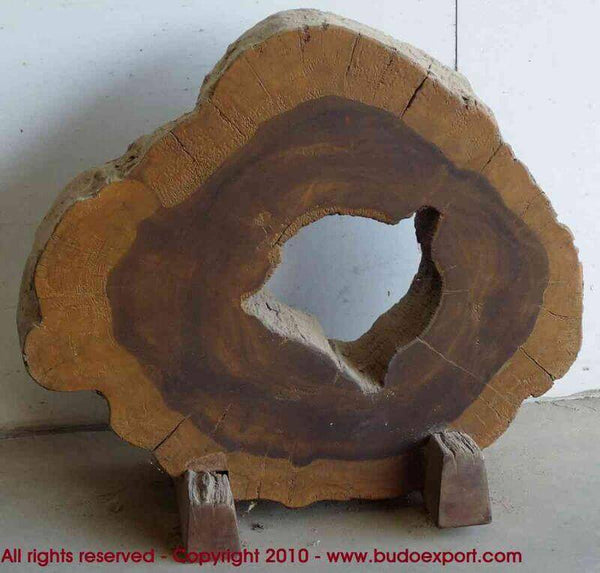
Sunuke trunk
Different wood species
Clicking on a wood’s name will take you to SeidoShop’s product pages

Ichiikashi (akagashi): Red oak stocks in Japan declined dramatically at the end of the 20th century. They have been gradually replaced by Ichiikashi, a wood with characteristics resembling those of the historical red oak (Hon Akagashi / “real red oak”). The only remaining artisan working with Hon Akagashi is Horinouchi, famous for its superior-quality weapons.
All the "Akagashi Standard" Bokken in our catalog are made of Ichiikashi.
Some people may think that Ichiikashi is of lower quality compared with white oak or "real red oak”, but Ichiikashi has been in fact scientifically researched by several groups, including the Japanese army (SDF) and so far the results showed little difference between the characteristics of Ichiikashi and Hon Akagashi. This species is therefore as strong and usable as the other types of oak.
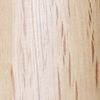
Hon Akagashi ("real" red oak):
Known as Quercus acutissima, Hon Akagashi grows in subtropical climates. It is darker and a little heavier, but not significantly stronger than Ichiikashi or white oak.
At Seido, the Akagashi superior models are made of "Hon Akagashi".
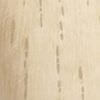
Shirakashi (white oak): Also known as "Shirogashi" or "Shirokashi" (same characters, different pronunciations), it is a variation of Akagashi and it actually belongs to the same species. The vast majority of Bokken are made of either white or red oak. White oak is slightly heavier than its red cousin, and is often mistakenly considered to be stronger. The difference in our catalog between a Shirakashi standard Bokken and a Shirakashi superior model lie in the finish and selection of the wood.
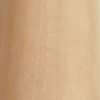
Isu no Ki (distylium racemosum): Isu no Ki literally means "chair wood". Its name comes from the fact that high quality chairs has been manufactured for centuries using Isu no Ki. It is also used to make traditional talismans, because a legend gives Isu no Ki the power to bind things and people (Musubi). Isu no Ki is a softer wood, more beautiful than white oak. Its colour ranges from a light rosy brown to a relatively dark brown. It is also more pleasant to the touch than Oak. Isu no Ki is less resistant than oak and is generally recommended for light contact practice or for female practitioners.
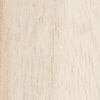
Kiri (Paulownia): Kiri grows in northern Japan, but was originally imported from China and Korea. Its wood does not absorb moisture and is a poor conductor of heat. Due to its characteristic, Kiri has been used to make furnitures and chests. It is also known as the lightest wood of Japan, and is thus used to make ultralight Bokken destined to practitioners that suffer from shoulder pain. It is also used for religious Kata and prayers sometimes.
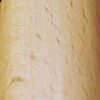
Buna (Japanese Crenellated Beech): Known as Fagus crenata, Buna grows throughout Japan, from Hokkaido to Kyushu. Buna is very popular among bonsai aficionados for the beauty of its bark and leaves. With its subtle yellowish hues, it is very pleasant to the eyes and to the touch. The wood is light, but less resistant than oak. it is notably used to craft Bokken and wooden weapons for children.
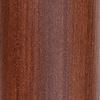
Sunuke: The word Sunuke does not refer to a wood species per se. It is in fact an appellation used by Kyushu artisans to indicate a Isu no Ki that has reached the venerable age of 300. Its core is then so dense that it turns into a dark and solid wood. "Su-nuke" literally means "heartless" because the tree is then so old that its core starts to become hollow, leading to an over-densification of the surrounding circles. The picture at the beginning of this article shows a Sunuke trunk with its hollow centre. Sunuke is a relatively hard wood that does not withstand shocks very well. It has a very specific smell, which is particularly pleasant. It is a magnificent wood that makes heavy Bokken. Sunuke also makes an ideal choice for superior quality Katanakake, or sword stands, thanks to its weight, which helps stabilise the whole construction. Sunuke has been used exclusively in Kyushu for over a century. Today, a Sunuke weapon is considered a highly valuable object to offer as a gift.
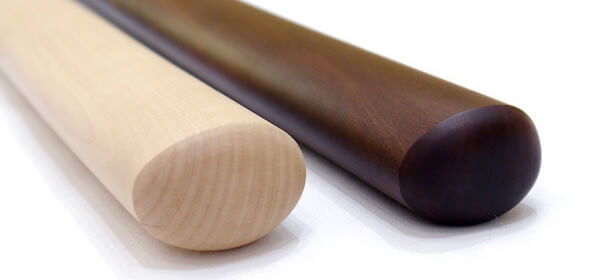
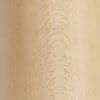
Tsubaki (Japanese Camellia): Known as Camellia japonica, it mainly grows in subtropical regions. It has been used for centuries to craft a wide variety of everyday life objects. It has a uniform colour that ranges from off-white to yellow-orange. Camellia is an excellent wood and makes Bokken of superior quality. Its weight is relatively close to oak, but is still significantly lighter than Sunuke. It is however more fragile than oak, and as a result, we do not recommend camellia for full contact practice.
The use of camellia for manufacturing Bokken is relatively recent (about 30 years) . It was meant to replace the legendary Hon Biwa, or loquat wood (see below), which has become rare and extremely pricey.
Tsubaki is sometimes renamed “Biwa" by artisans, for its resemblance to real loquat, but at BudoExport we chose to offer this wood under its real name, to avoid any quid pro quo with loquat wood, or "Hon Biwa". In France (but also in Japan), almost all weapons sold under the label "Biwa" are actually made of Tsubaki.
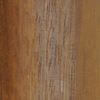
Murasaki Kokutan (purple ebony): Also called “iron wood”, it has a particularly pleasant smell and a very characteristic amber colour. This wood is slightly rough to the touch, and its characteristics resemble those of Sunuke and Asian ebony. Murasaki Kokutan is a dense and heavy wood, perfectly suited for Suburi training. It is however weak to humidity and sudden changes of temperature, which have a detrimental effect on its fibres. Like all types of ebony, Murasaki Kokutan is a very hard wood, not resilient and therefore not suitable for full contact practice.
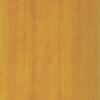
Hon Biwa (Japanese loquat): Eriobotrya japonica, or Japanese loquat, is an extremely strong and resilient wood. This is undoubtably the best wood species for making Bokken and wooden weapons used during full contact training. Many legends surround loquat, with probably some truth to them. It is said that when one is struck by a Bokken made of Hon Biwa, it takes several days for bruises to appear on the skin. The wood is very tender and the force of its impacts penetrates deeper than that of hard wood weapons, damaging the opponent more substantially. Unfortunately, Hon Biwa trees are very thin: artisans can only make one, two, sometimes three Bokken out of one tree. Moreover, it takes several hundred years for a tree to reach a size big enough to craft a flawless Bokken.
Biwa is on a sharp decline since the last 30 years, resulting in the implementation by the government of very strict quotas. Nowadays, loquat Bokken are priced accordingly and can reach about 800 € (4 ~ 5 times more expensive than in the 1970s).
"Hon Biwa" stands for "real Biwa": many artisans now sell Tsubaki (camellia) weapons under the name "Biwa". It should be noted, however, that if an artisan uses the word "Hon Biwa” it should designate a Bokken made out of loquat. Calling Tsubaki “Biwa” is an old custom in the Japanese wood industry, artisans are perfectly honest about the wood species they use. But this might not be the case abroad! A Bokken that sells for less than 700 €, but labeled “Japanese loquat" is a scam that some shops pull, taking advantage of the confusion surrounding the vocabulary.
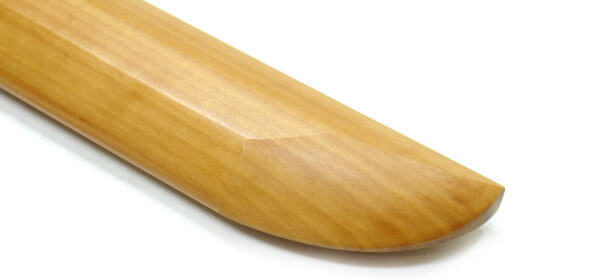
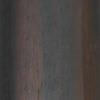
Shima Kokutan (Asian ebony): Known as Ebenaceae diospyros, Shima Kokutan is a black wood marbled with lighter veins (Shima stands for “lines” in Japanese), which grows mainly in tropical areas of Asia. The Shima Kokutan used nowadays for Bokken production comes mainly from Indonesia.
It is a hard, solid, and very heavy wood, ideal for practicing Suburi, but again, not resilient enough to be used during full-contact training.
Ebony Bokken are expensive. Their price is justified on the one hand by the cost of this rather rare wood, and on the other hand by the extreme difficulty to work with such hard wood.

Hon Kokutan (African ebony): This is one of the hardest and most dense woods in the world. It is extremely heavy. Its density gives it some resistance, but its lack of resilience and flexibility prohibits all full-contact practices.
African ebony, is rarer than Asian ebony. It is nonetheless legally imported from Central Africa to Japan. Shipping costs, intrinsic value, and extreme difficulty to work account for the very high price of a Hon Kokutan Bokken. Those Bokken are primarily for display and eventually for practicing Suburi. In Japan, a Hon Kokutan Bokken is often offered to a teacher by his students on a grand occasion. They always carry (except upon specific request) the complete signature of the master craftsman.
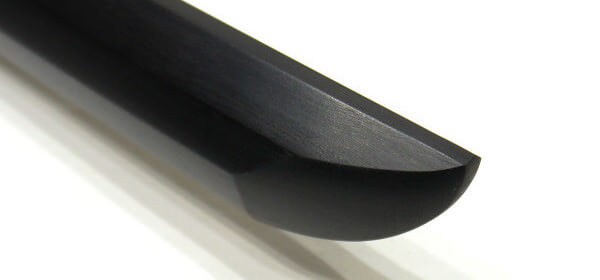
So, which wood Should I choose for my Bokken?
Bottom line, if you engage in full-contact practices, we will advise you to purchase a Bokken made of soft wood, not too expensive (red oak, white oak). Hard and heavy woods (Sunuke, Shima Kokutan) are to be preferred for Suburi training, but can also make nice gifts or display. Hon Biwa and Hon Kokutan are for advanced practitioners and will be the ideal gift to celebrate the achievements of a revered teacher.






2 コメント - The different wood species used in Bokken manufacturing - Red / white oak, Isu no Ki, Sunuke, Camellia, Biwa, etc.
Gostei muito desse artigo, parabéns, assim como do que fala da espessura, forma, etc. Fabrico bokkens no Brasil (Nintaibokken), sou praticante de Aikido , e peço permissao para usar partes do seu artigo e imagens em meu blog , cuidando de mencionar a origem, que é o Aikido Journal. obrigado.
I am very curious to know how cold weather affects the various types of wood, as I live in a colder climate.